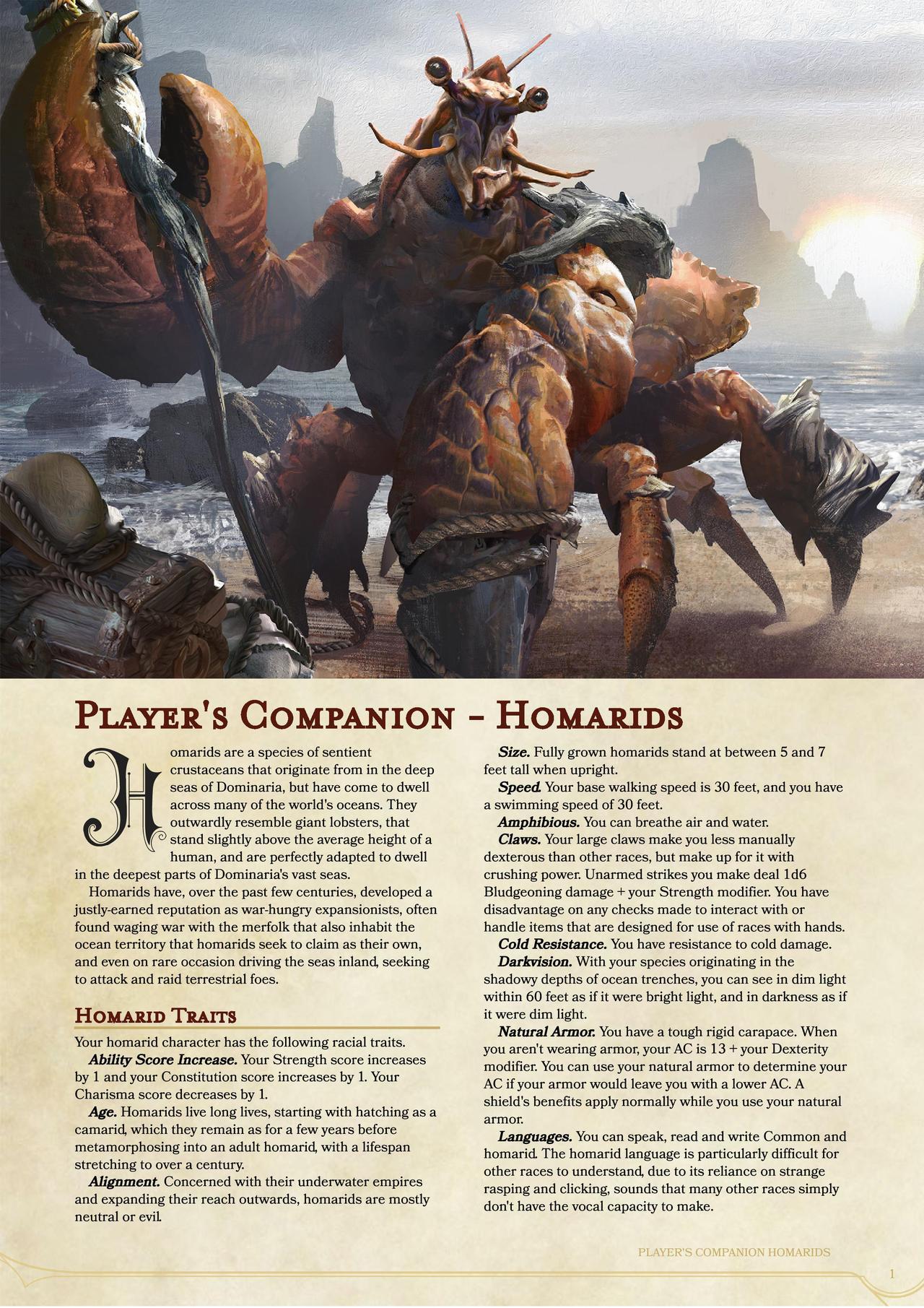

They use some rules from each set and have lots of unique quirks (read baggage) of their own. I read in the FAQ (been a while, don't remember all the finer points) that unarmed strikes and the monk's flurry of blows just don't cleanly fit into either pre-existing categories of manufactured or natural weapons. They only point it's "considered a natural weapon for the purposes of" is to use magic to juice it up. Pretty much any information you find on unarmed strikes (that of a monk or otherwise) lumps it in with manufactured weapons. Granted it's in its own category but that's more of a proficiency thing. Apply 1½ times the character’s Strength bonus to damage rolls for melee attacks with such a weapon.Īnd also consider that it's listed on the weapon table.

Two hands are required to use a two-handed melee weapon effectively. If a one-handed weapon is wielded with two hands during melee combat, add 1½ times the character’s Strength bonus to damage rolls.

Add the wielder’s Strength bonus to damage rolls for melee attacks with a one-handed weapon if it’s used in the primary hand, or ½ his or her Strength bonus if it’s used in the off hand. Using two hands to wield a light weapon gives no advantage on damage the Strength bonus applies as though the weapon were held in the wielder’s primary hand only.Īn unarmed strike is always considered a light weapon.Ī one-handed weapon can be used in either the primary hand or the off hand. Add the wielder’s Strength bonus (if any) to damage rolls for melee attacks with a light weapon if it’s used in the primary hand, or one-half the wielder’s Strength bonus if it’s used in the off hand. It indicates whether a melee weapon, when wielded by a character of the weapon’s size category, is considered a light weapon, a one-handed weapon, or a two-handed weapon.Ī light weapon is easier to use in one’s off hand than a one-handed weapon is, and it can be used while grappling. This designation is a measure of how much effort it takes to wield a weapon in combat. Light, One-Handed, and Two-Handed Melee Weapons Then add on top of that, that if a monk has natural attacks of his own, he can add those ON TOP OF his unarmed strike attack routine, just like a monster with natural attacks and a manufactured weapon can slash you with a sword a bunch of times and then gore you with its horns. Also, unarmed strike attacks can be used interchangably with special monk weapons in a flurry, which again implies that an unarmed strike is the equivalent of a manufactured weapon. This general stance is also backed up by the itterative attack sequence only granted to manufactured weapons, natural weapons only get on attack per round buy default. A Small monk deals less damage than the amount given there with her unarmed attacks, while a Large monk deals more damage see Table: Small or Large Monk Unarmed Damage.

The unarmed damage on Table: The Monk is for Medium monks. She has the same choice to deal lethal or nonlethal damage while grappling.Ī monk’s unarmed strike is treated both as a manufactured weapon and a natural weapon for the purpose of spells and effects that enhance or improve either manufactured weapons or natural weapons.Ī monk also deals more damage with her unarmed strikes than a normal person would, as shown on Table: The Monk. Usually a monk’s unarmed strikes deal lethal damage, but she can choose to deal nonlethal damage instead with no penalty on her attack roll.
HOMEBREW BETTER UNARMED STRIKE 5E FULL
A monk may thus apply her full Strength bonus on damage rolls for all her unarmed strikes. There is no such thing as an off-hand attack for a monk striking unarmed. This means that a monk may even make unarmed strikes with her hands full. A monk’s attacks may be with either fist interchangeably or even from elbows, knees, and feet. At 1st level, a monk gains Improved Unarmed Strike as a bonus feat.


 0 kommentar(er)
0 kommentar(er)
